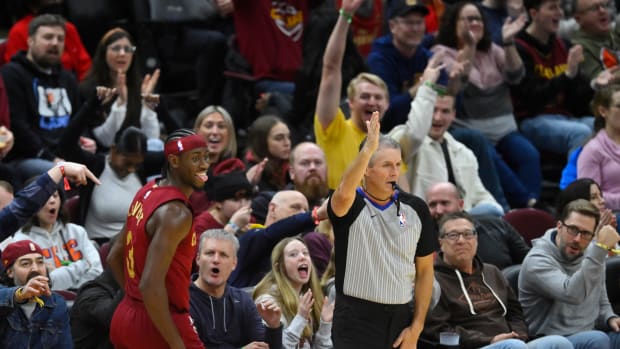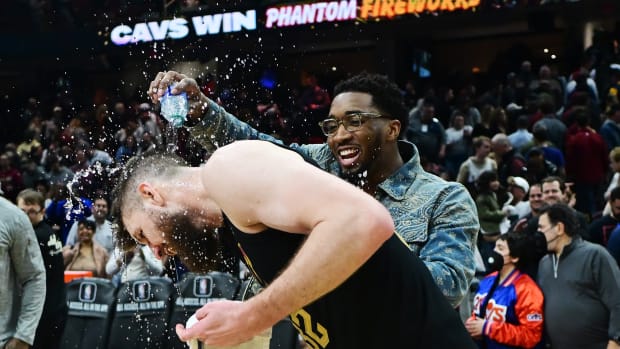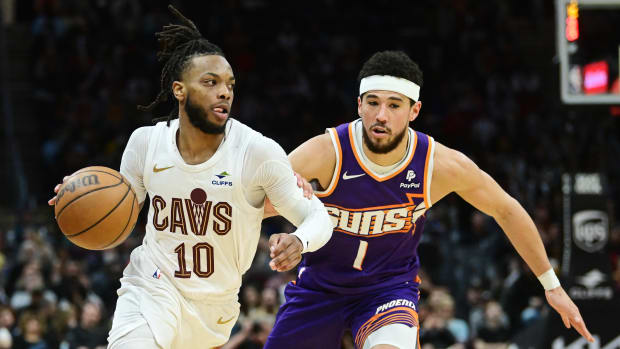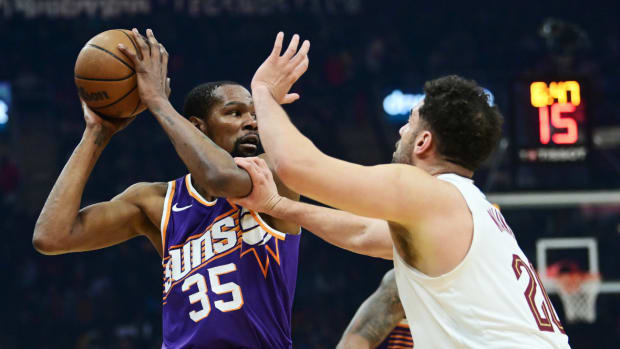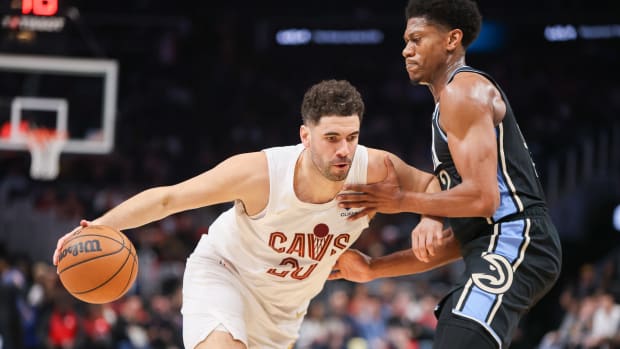Roth: Cutting to the chase on LeBron's options
There has been a lot of talk recently about what it means if LeBron James exercises his player option for the 2018-19 NBA season, and much of what is being said is inaccurate. Therefore, I think it’s worthwhile to quickly breakdown James’ options and clear up some of the incorrect information floating around out there.
Several reports have indicated that if LeBron declines his player option, the field in the running for him automatically shrinks down to only two or three teams. Reports like that are incorrect. All it does if LeBron doesn’t exercise his player option is eliminate the possibility of him being traded via a regular trade since he will be a free agent. It does not prevent all but a couple teams from landing LeBron.
Opting out simply narrows the ways in which LeBron can land on another team to (1) being signed by a team with cap space; and (2) being acquired through a sign-and-trade transaction (technically, an extend-and-trade would also still be possible). It is true that completing a sign-and-trade transaction will be challenging for many teams, but it is certainly possible.
Signing LeBron using cap space will also be challenging, and in some situations, be impossible, if a team also tries to acquire another elite player, such as Paul George or Chris Paul. Nevertheless, there are certainly situations in which either a sign-and-trade or using cap space to acquire LeBron is possible.
The options
Option 1: LeBron Exercises The Player Option
If LeBron exercises his player option with the Cavaliers for the 2018-19 season, there are only two things that are guaranteed: (1) LeBron will be a free agent before the 2019-20 season (unless he subsequently signs an extension); and (2) a sign-and-trade is no longer an option. Prior to making his decision regarding the player option, however, a sign-and-trade and a regular trade are both options.
Either way, even if LeBron exercises the option, it doesn’t mean he will stay with the Cavaliers. Paul exercised his player option last year in order to make his trade from the Los Angeles Clippers to the Houston Rockets work. LeBron can essentially use the exact same tactic. Obviously, he could also exercise the player option, without doing anything else, and play in Cleveland during the upcoming season, in which case everyone would be in a LeBron frenzy again next summer.
Option 2: Option 1: LeBron Declines The Player Option
If LeBron declines his player option with the Cavaliers for the 2018-19 season, he will become an unrestricted free agent and a regular trade is no longer an option. At that point, LeBron can (1) re-sign with the Cavaliers under the Larry Bird exception; (2) move to another franchise through a sign-and-trade transaction; or (3) sign directly with another team that currently has or clears enough cap space to sign him as a free agent.
The pros and cons
There are pros and cons to LeBron exercising his player option for both himself and other teams looking to acquire him. On the one hand, if LeBron exercises his player option and wants to move to another franchise, other teams could facilitate a regular trade with Cleveland that doesn’t have as many restrictions/implications as a sign-and-trade deal would entail.
Any team that receives LeBron via a sign-and-trade will be subject to a hard cap (around $6 million above the 2018-19 tax level) for the remainder of the season, which could make it more difficult to sign the right role players (the level of difficulty depends on a multitude of factors) – acquiring LeBron via a regular trade wouldn’t subject a team to those limitations.
On the other hand, however, any team that acquires LeBron through a regular trade if he exercises his player option, would only have him locked in for a year, which means he could leave the organization as a free agent the following year, even if it seems unlikely (any such team would have the ability to exceed the cap and sign him to a new five-year deal using Bird rights, though). If LeBron declines his player option, and another team acquires him through a sign-and trade, that team could have him locked up to four years (obviously, the down side is that the team would be subject to a hard cap).
If LeBron wants to win more rings now and leave the Cavaliers for a team without cap room, from his perspective, it may make more sense for him to exercise his player option and move via a regular trade; in doing so, he has the ability to leave for another team next year if the trade doesn’t work out as expected. He would also have the ability to sign a five-year contract next year with eight-percent raises instead of the five percent he would be limited to if he moved via a sign-and-trade. It is important to note, however, that due to rules regarding contract years when a player will be over 38, if LeBron signs a five year deal next year, the max he could be paid under it would be the equivalent of what he would be paid under a four year deal.
Conversely, any team acquiring him may prefer the sign-and-trade route, so they don’t have to deal with him becoming a free agent the following year. The bottom line is there are a lot of factors at play here, and we’re only scratching the surface.
